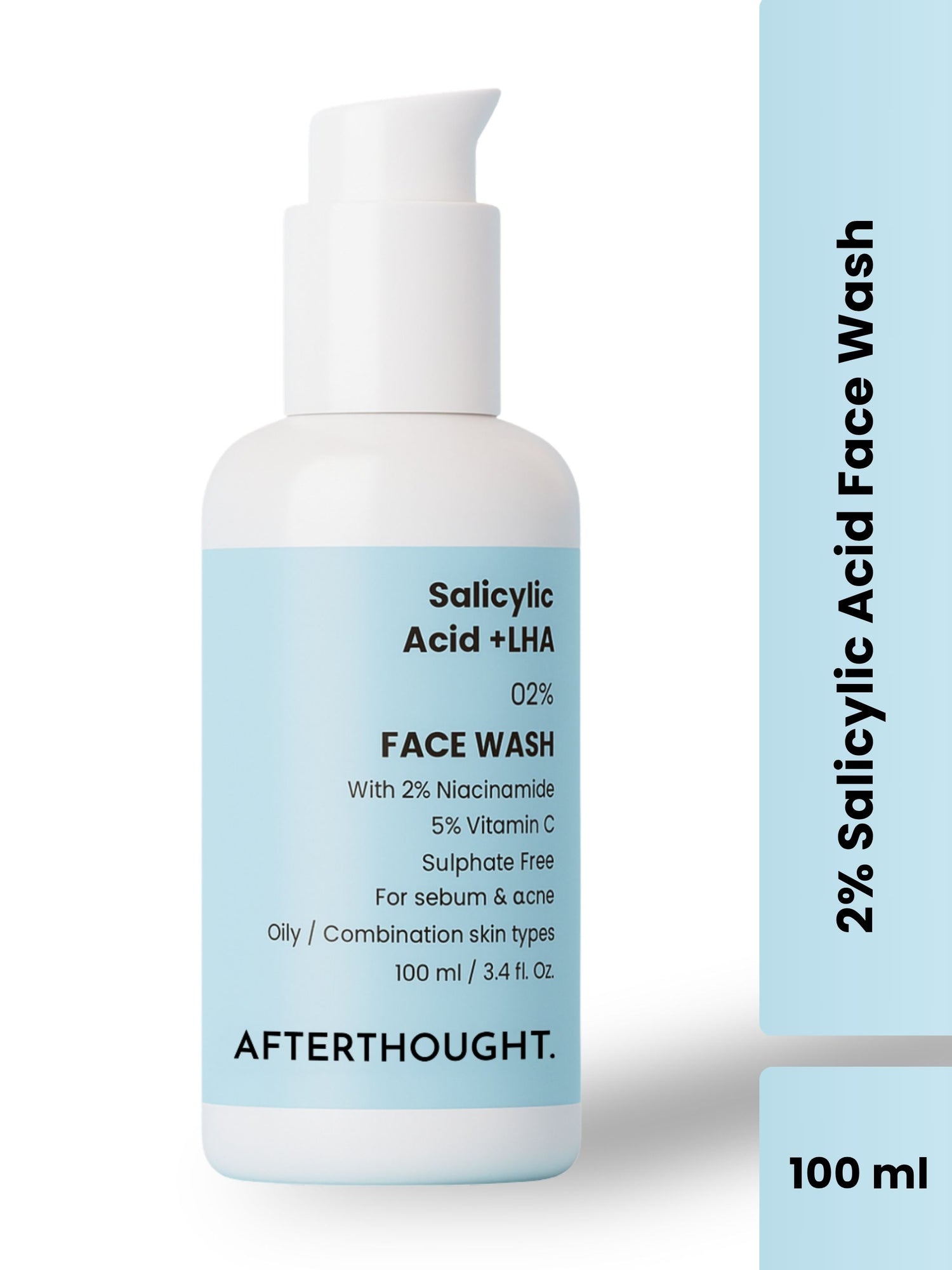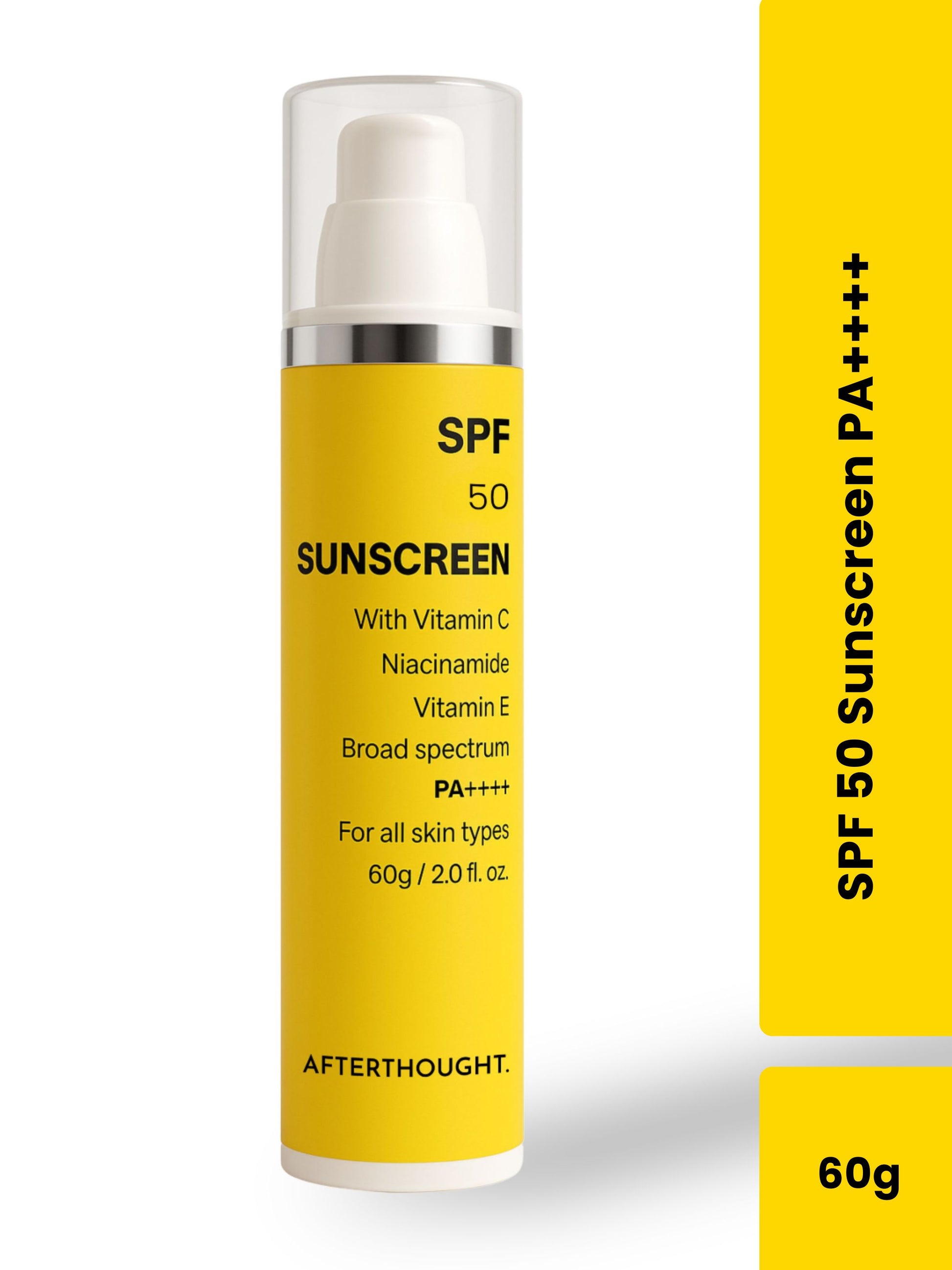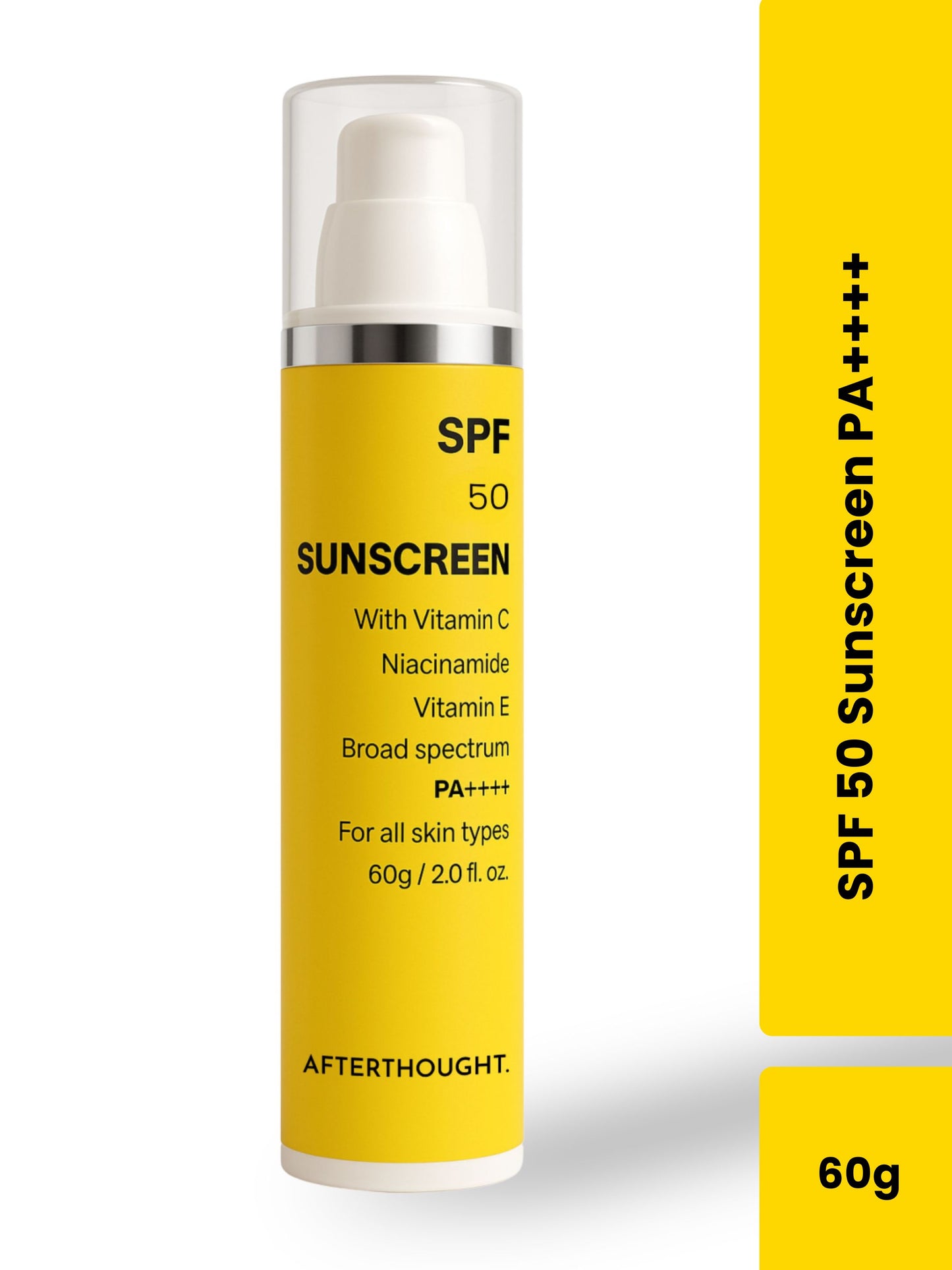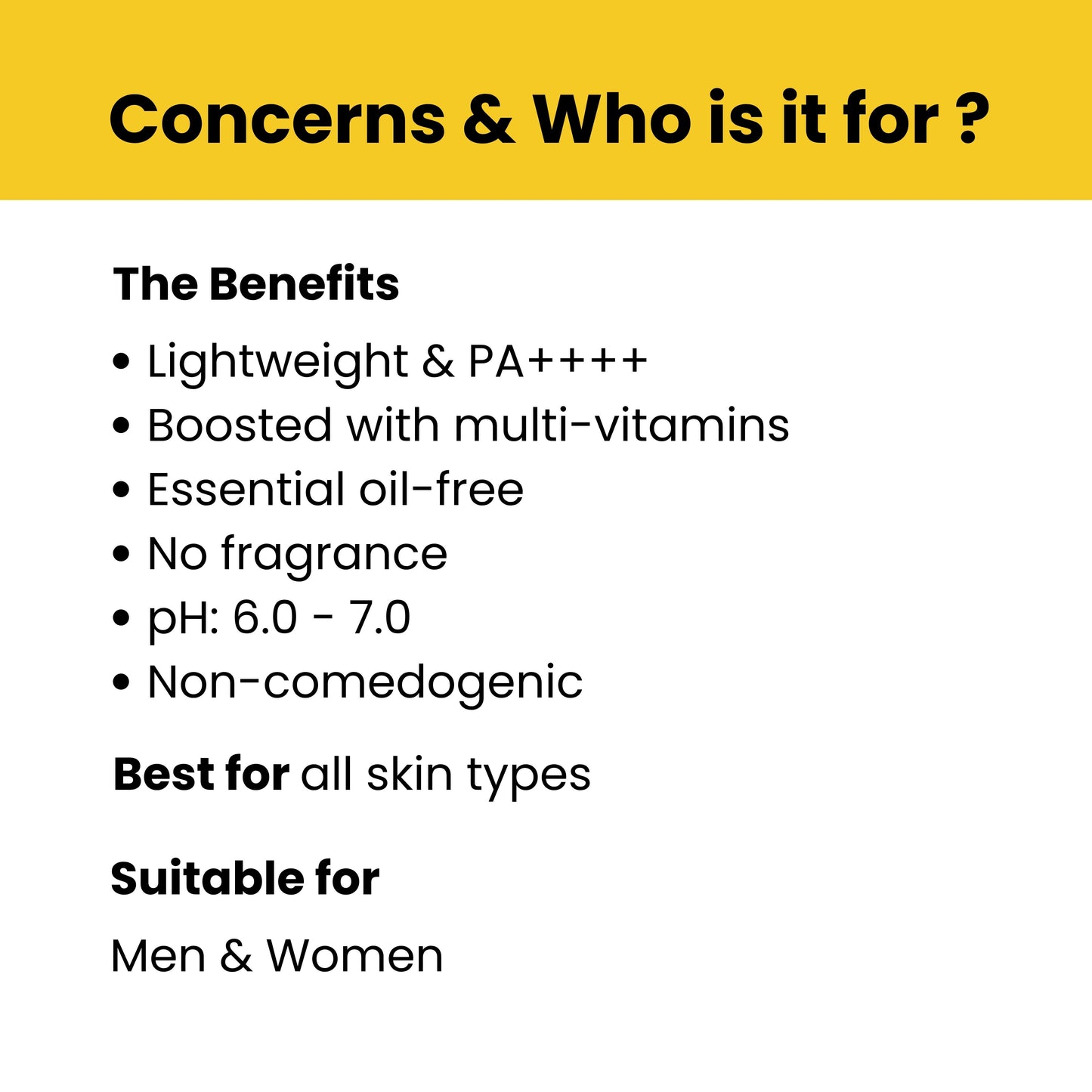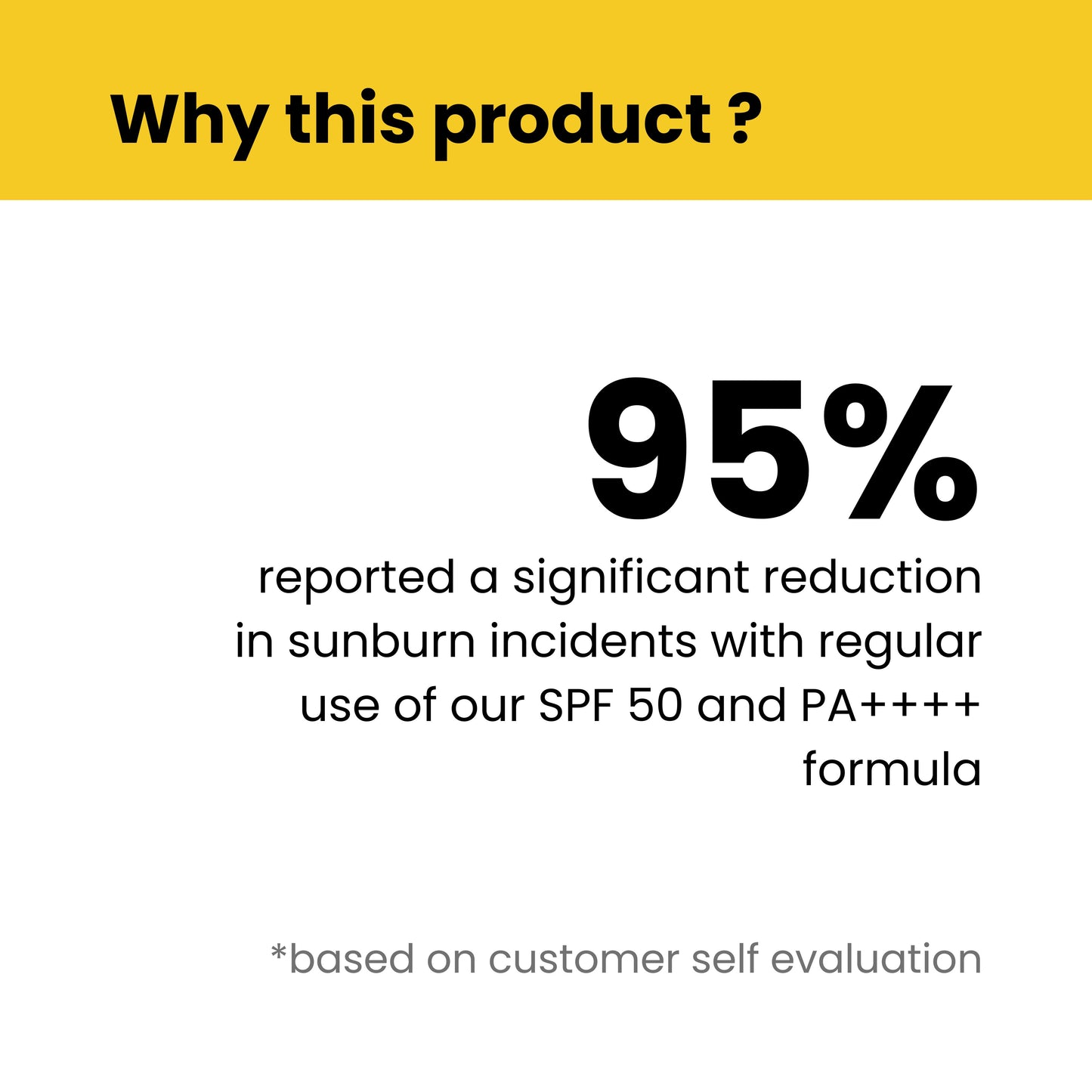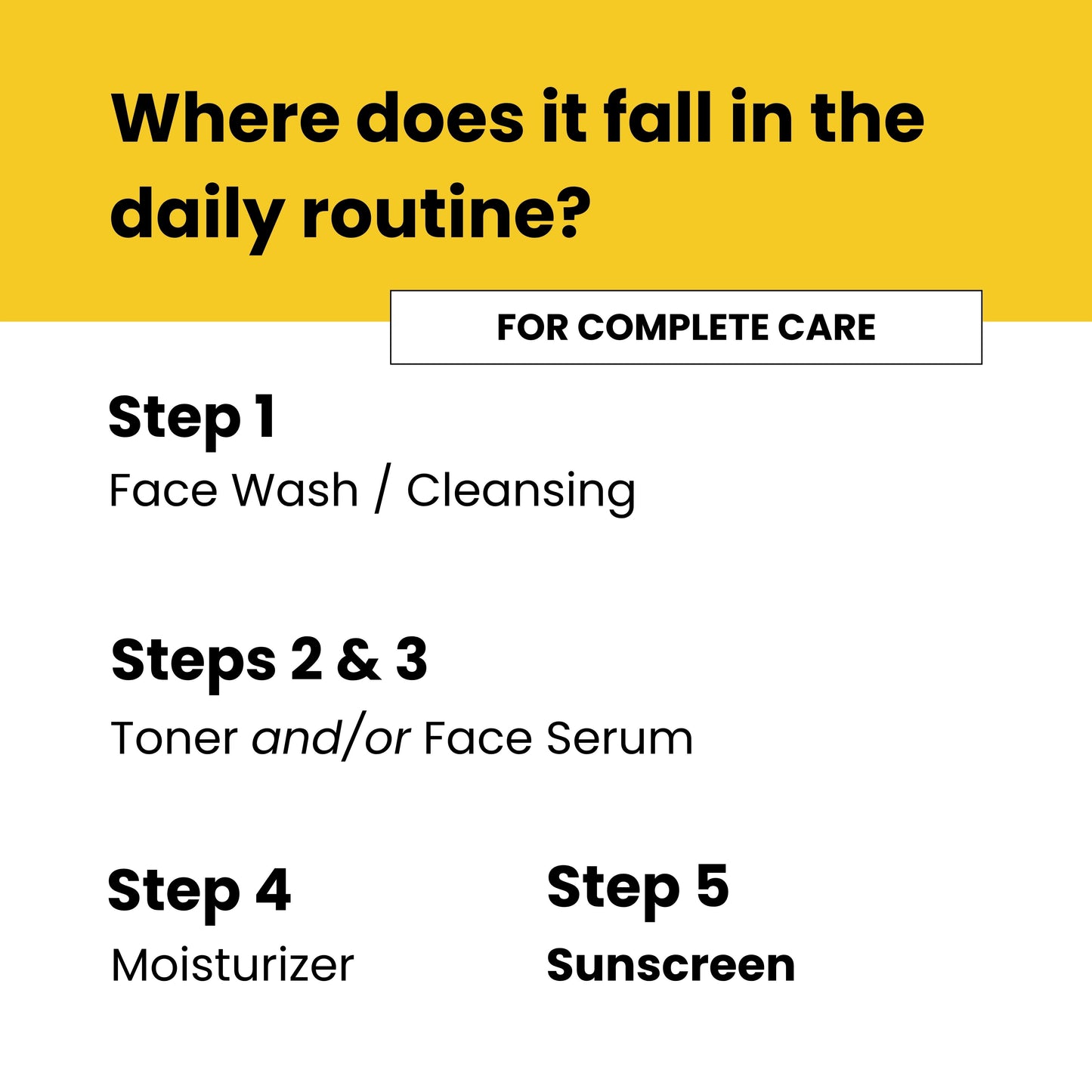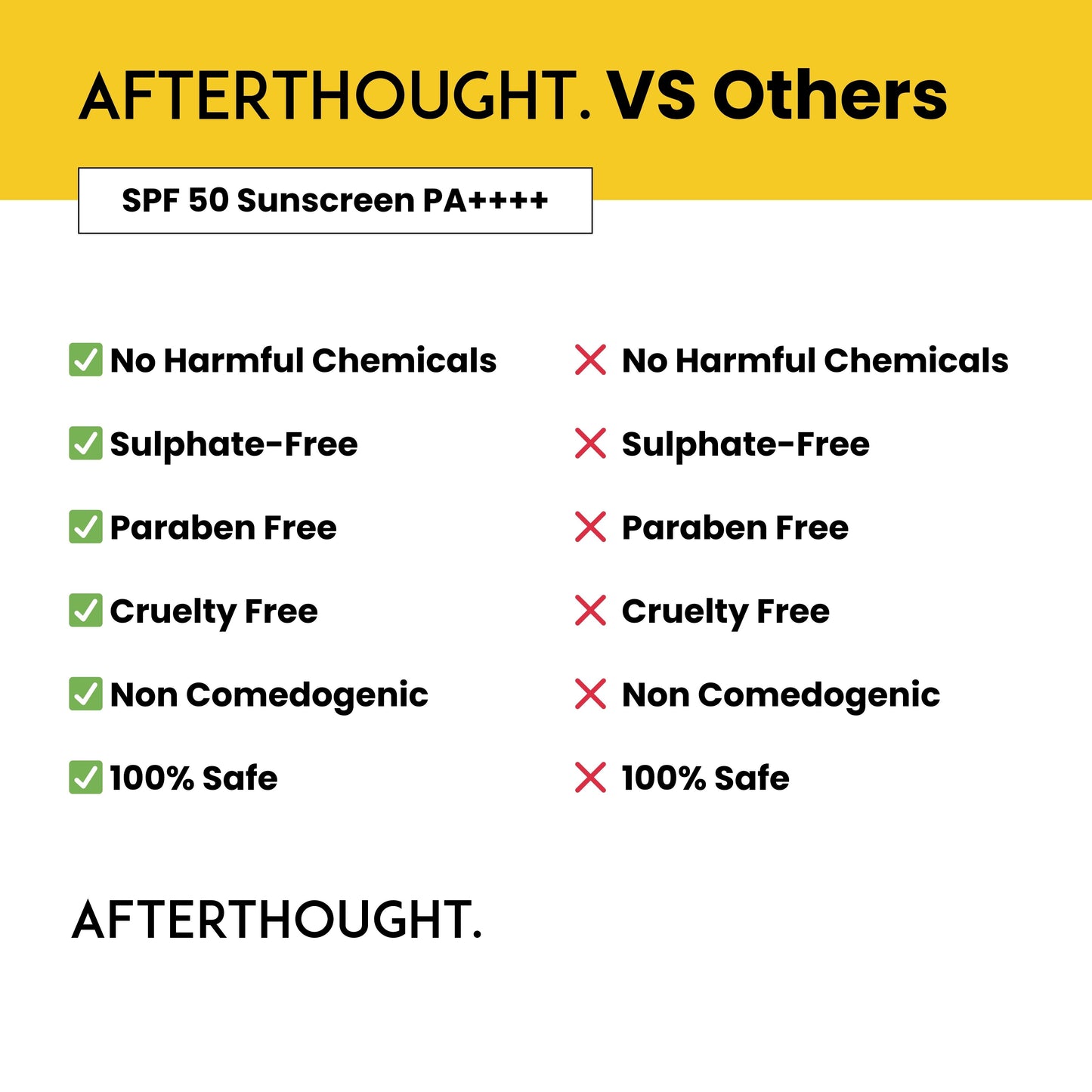What Ingredients Should Not Be In a Sunscreen?
As we become more aware of the importance of sun protection, the use of sunscreen has become a daily ritual for many. While it's crucial to protect our skin from harmful UV rays, it's equally important to be mindful of the ingredients in the sunscreen we choose. Welcome to Afterthought.
Not all sunscreens are created equal, and some contain components that can be harmful to both our skin and the environment. Here’s a comprehensive guide to the ingredients you should avoid in sunscreen to ensure you’re making the safest choice for yourself and the planet.
1. Oxybenzone
Oxybenzone is a common ingredient in many sunscreens due to its effectiveness in absorbing UVB and UVA rays. However, studies have shown that oxybenzone can penetrate the skin and enter the bloodstream, potentially causing hormonal disruptions. It has been linked to endocrine disruption, which can affect hormone levels and lead to reproductive issues. Additionally, oxybenzone has been found to be highly toxic to coral reefs, contributing to coral bleaching and the degradation of marine ecosystems.
2. Octinoxate
Similar to oxybenzone, octinoxate is used for its ability to absorb UV rays. Unfortunately, it also poses risks to human health and the environment. Octinoxate can cause allergic reactions and has been shown to disrupt the endocrine system. It is also harmful to marine life, particularly coral reefs. The ingredient can accumulate in aquatic organisms, leading to long-term ecological damage.
3. Retinyl Palmitate
Retinyl palmitate, a form of vitamin A, is often added to sunscreens for its antioxidant properties. However, when exposed to sunlight, it can break down into harmful compounds that may promote the development of skin tumors and lesions. Some research suggests that retinyl palmitate may accelerate the growth of cancerous cells when applied to the skin and exposed to sunlight.
4. Parabens
Parabens are used as preservatives in many personal care products, including sunscreens. They prevent the growth of bacteria and mold, extending the shelf life of the product. However, parabens can mimic estrogen in the body, potentially leading to hormonal imbalances and an increased risk of breast cancer. They can also cause skin irritation and allergic reactions in some individuals.
5. Fragrance
Synthetic fragrances are added to sunscreens to create a pleasant scent. However, these fragrances can contain a multitude of chemicals, many of which are known allergens and irritants. Fragrances can cause skin irritation, allergic reactions, and even respiratory issues. They can also disrupt the endocrine system, leading to hormonal imbalances.
6. PABA (Para-Aminobenzoic Acid)
PABA was once a popular sunscreen ingredient due to its ability to absorb UVB rays. However, it has fallen out of favor because it can cause skin allergies and irritation. PABA has also been linked to the formation of DNA-damaging chemicals when exposed to sunlight, which can increase the risk of skin cancer.
7. Homosalate
Homosalate is used to absorb UVB rays and stabilize other sunscreen ingredients. Despite its effectiveness, it can penetrate the skin and enter the bloodstream. Homosalate has been found to disrupt hormones and accumulate in the body over time, potentially leading to toxic effects.
8. Avobenzone
Avobenzone is one of the few FDA-approved ingredients that provide broad-spectrum protection against UVA rays. However, it is unstable in sunlight and can break down, losing its effectiveness. To counteract this, it is often combined with other chemicals that may be harmful. Additionally, when avobenzone degrades, it can generate free radicals, which can damage skin cells and contribute to aging and cancer risk.
9. Nano Zinc Oxide and Titanium Dioxide
Zinc oxide and titanium dioxide are often used in mineral sunscreens for their broad-spectrum protection. While non-nano versions of these ingredients are considered safe, nano-sized particles can penetrate the skin and enter the bloodstream. There are concerns that these nanoparticles may cause cellular damage and pose risks to human health. They can also be harmful to aquatic life when washed off in the ocean.
Making Safer Choices
When selecting a sunscreen, it’s important to read the ingredient list carefully. Look for sunscreens that use non-nano zinc oxide or titanium dioxide, as these provide effective sun protection without the risks associated with chemical filters. Additionally, choose products that are free from parabens, synthetic fragrances, and other harmful additives.
Opt for sunscreens that are labeled as reef-safe, ensuring they do not contain oxybenzone, octinoxate, or other ingredients harmful to marine life. By making informed choices, you can protect your skin from the sun’s harmful rays while also safeguarding your health and the environment.
Check Now : Sunscreen SPF Calculator
Conclusion
Choosing the right sunscreen is about more than just SPF. By avoiding harmful ingredients like oxybenzone, octinoxate, retinyl palmitate, and others, you can reduce your exposure to potentially dangerous chemicals and support a healthier planet. Always opt for products that prioritize safety and transparency, ensuring you get the protection you need without compromising on your health or the environment.
Also Read: What Sunscreen Does To Your Skin?
